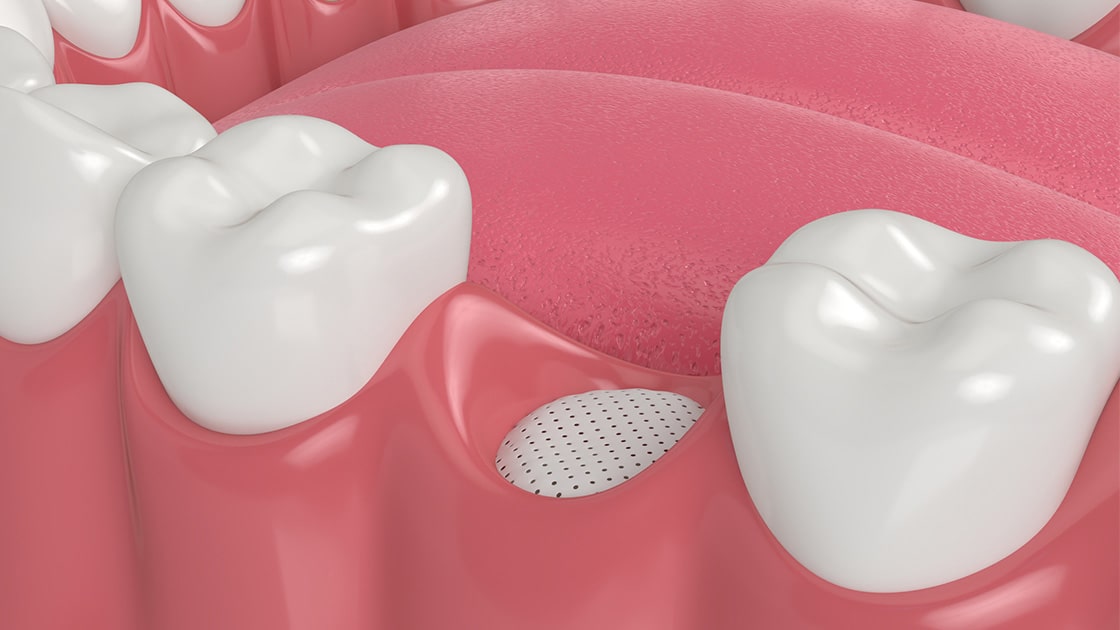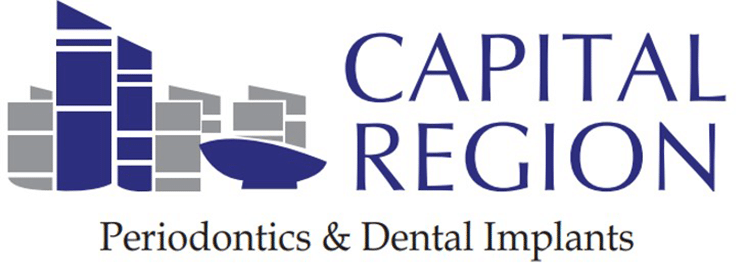
Capital Region Periodontics & Dental Implants provides dental bone grafting in Albany & Malta, NY. Contact us at
or click here to learn more and schedule an appointment.What Is Dental Bone Grafting?
Dental bone grafting is a surgical procedure that helps to rebuild and strengthen the bone in areas where it has deteriorated or is insufficient. This process is essential for patients with bone loss who are considering dental implants or need to restore the structural integrity of their jaw. By using advanced techniques and materials, bone grafting can provide a solid foundation for dental implants and improve overall oral health.
Why Choose Capital Region Periodontics & Dental Implants?
Choosing Capital Region Periodontics & Dental Implants ensures you receive comprehensive care tailored to your individual needs. Our team of experienced professionals utilizes the latest advancements in dental technology, ensuring effective and comfortable procedures. We prioritize your peace of mind, guiding you through every step of the process with clear communication and support. You can trust us to provide you with the highest quality of service in a warm and welcoming environment, so you can achieve the smile you deserve.
Benefits of Dental Bone Grafting
- Improved Dental Implant Success: Bone grafting creates a strong and stable foundation for dental implants, increasing their success rate and longevity.
- Enhanced Jawbone Health: Rebuilding the bone structure helps maintain the natural shape of your jaw and prevents further bone loss.
- Better Oral Function: Strengthening the jawbone can improve your ability to chew, speak, and smile confidently.
- Esthetic Improvements: Restoring your jawbone can enhance your facial structure, leading to a more youthful and balanced appearance.
Frequently Asked Questions About Bone Grafting
Who needs dental bone grafting?
Is dental bone grafting painful?
How long is the recovery period?
What types of dental bone grafting procedures do you offer?
Are there any risks involved with dental bone grafting?
How much does dental bone grafting cost?
Will my insurance cover bone grafting?
Call Capital Region Periodontics & Dental Implants
Ready to restore your smile and improve your oral health? Capital Region Periodontics & Dental Implants provides dental bone grafting in Albany, NY. Contact our office at to schedule an appointment. We look forward to helping you achieve a healthier, more confident smile.

